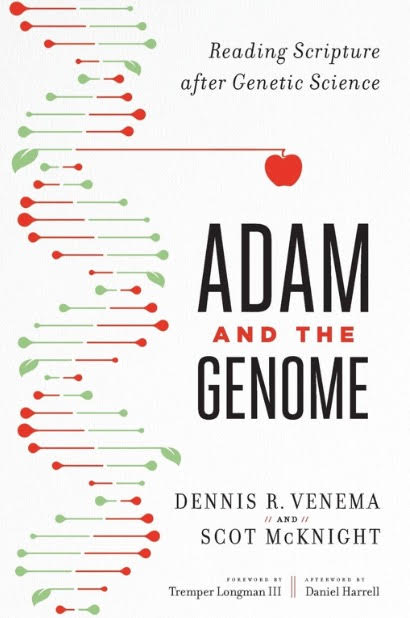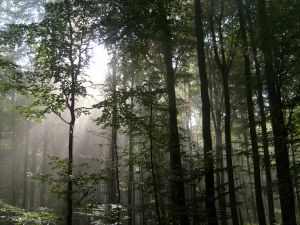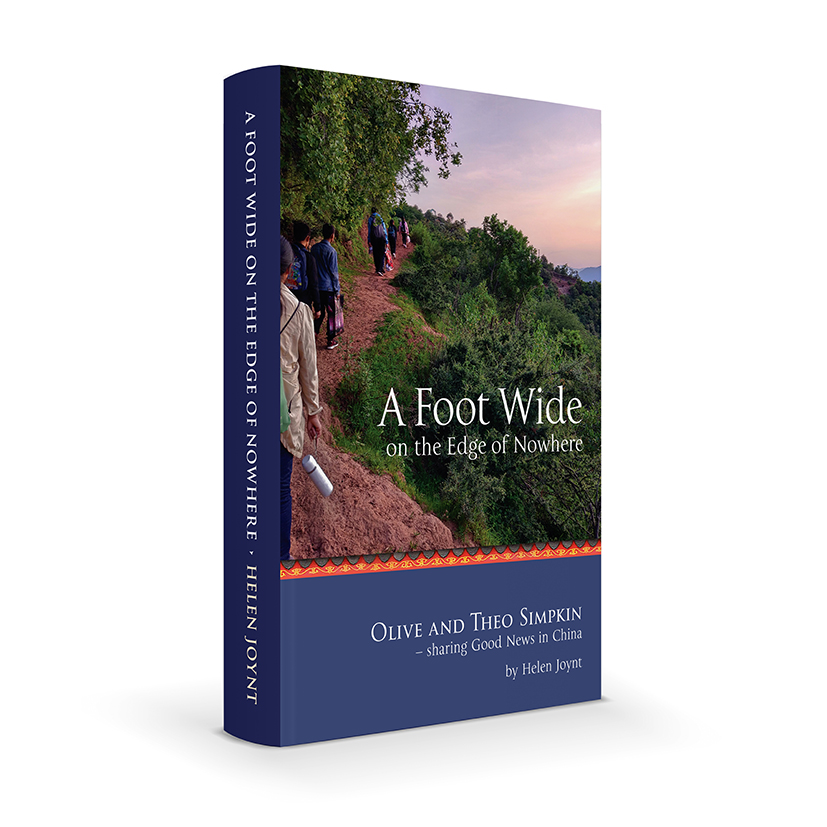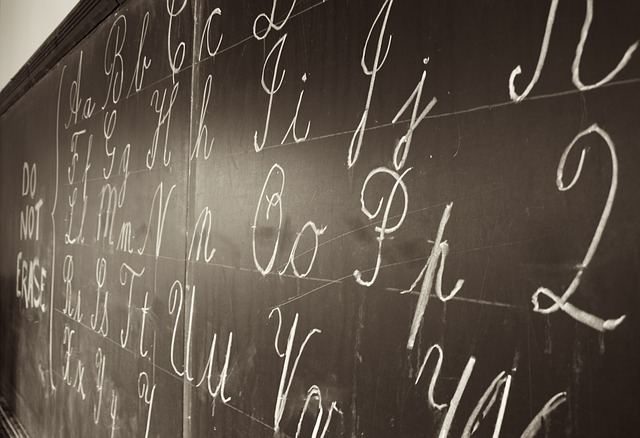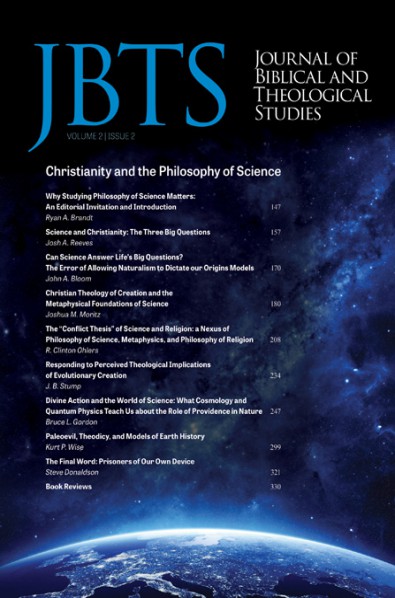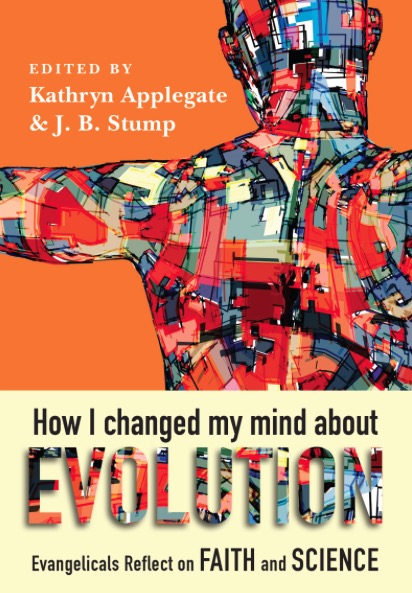


The ISCAST Tree
Helen Joynt, September 2008.
Download PDF
The ISCAST Tree … a reflection
Helen Joynt
From teaching secondary school physics, to theological and post- graduate Old Testament research, Helen has ‘graduated’ to retirement through writing Christian religious education programs for government schools as well as teaching CRE in her local primary school.
Key words
Image of God, like a tree
In Christian circles we do a lot of talking about how human beings bear the ‘image of God’. The Genesis 1 creation account sets people apart from the rest of creation by asserting that God made human beings —men and women—in God’s likeness. And it is not surprising to find this singling out of human beings since the Scriptures were written for people—to read, meditate on, to hear God’s voice in. But I rather suspect that everything that comes from the creative power of God bears the imprint of his nature, his character. There is a sense in which every part of creation bears the image of God. The Scriptures hint at this as they describe God as the Rock, the Lion of the tribe of Judah, a mother eagle, the bright morning star. Jesus spoke of his longing to care for the people of Jerusalem like a mother hen, and called himself the source of the water of life, the true vine, the light of the world. He invited his hearers to look at the world he had created (‘Consider the lilies’ Matthew 6:28) and discover truths about God and challenges to their own faith in it. In ISCAST that is, in part, what we aim to do.
So what can we learn from a tree? In one of my Christian religious education classes with 7 year old children, we marvelled at the way God has made trees; how he has provided for them. The psalmist and prophet did so as well.
Happy are those who do not follow the advice of the wicked,
or take the path that sinners tread, or sit in the seat of scoffers; but their delight is in the law of the LORD,
and on his law they meditate day and night. They are like trees planted by streams of water, which yield their fruit in its season,
and their leaves do not wither. In all that they do, they prosper.
Psalm 1:1-3 (New RSV)
Blessed are those who trust in the LORD, whose trust is the LORD.
They shall be like a tree planted by water, sending out its roots by the stream.
It shall not fear when heat comes, and its leaves shall stay green;
in the year of drought it is not anxious, and it does not cease to bear fruit.
Ross Macmillan reminded us
Jeremiah 17:7-8 (New RSV)
(https://iscast.org/journal/reflection/Macmillan_R_2008-09_Seed_Time_And_Harvest) about ‘God’s continuing, sustaining, providential care’, and we observe that in his provision for trees. Without needing to be botanists, we can all see how the tree has roots for stability and to take up water, leaves to use the sun’s light to create food, myriads of cells to transport the water and food in the plant, and to provide strength and protection for it.
In the semi-rural part of Melbourne where I now live, we have seen over the years various threats to the continuing vitality of the indigenous red box eucalypts. Many have died in times of drought. Others lose limbs or are uprooted in storms. Yet some survive and grow strong. The Scriptures remind us that there is a way that we too can survive the fires of tragedy when what nourishes us is gone, when our lives become dry and barren. It is through daily reliance on the Lord, the source of our life. We can be nourished through constant reflection on and meditation on the Word and words of God.
We are familiar with applying this to ourselves in our personal lives. But ISCAST, too, could find its vitality and fruitfulness drying up if it were to cease relying on Almighty God, perhaps putting its trust in its programs, its technology. But as we put our trust in the Lord, we will not need to fear when the heat comes—there will always be new shoots springing up, and we will always be fruitful. The leaves of the tree of life, spoken of in Revelation 22, were for the healing of the nations. Let’s pray and work together that the fruit of ISCAST’s efforts contribute to healing rifts and nourishing life.
Child of My love, lean hard, and let Me feel the pressure of your care. I know your burden, child; I shaped it, poised in Mine own hand, made no proportion in its own weight to your unaided strength;
for even as I laid it on I said,
’I shall be near, and while you lean on me, this burden shall be Mine, not yours;
so shall I keep My child within the encircling arms of Mine own love’.
Here lay it down, nor fear to impose it on a shoulder which upholds the government of worlds.
Yet closer come, you are not near enough; I would embrace your care, so I might feel My child reposing on My breast.
You love me? I know it. Doubt not, then, but, loving me, lean hard.1
1 Adapted from a poem by Octavius Winslow quoted in Kuhn, I, about 1953, Green leaf in drought, China Inland Mission Overseas Missionary Fellowship (Agents: Lutterworth Press), London. See also Winslow, O, ‘Christ’s sympathy to weary pilgrims’, Grace Gems, viewed on 2nd September 2008, http://www.gracegems.org/Winslows/Christ_sympathy.htm
2
